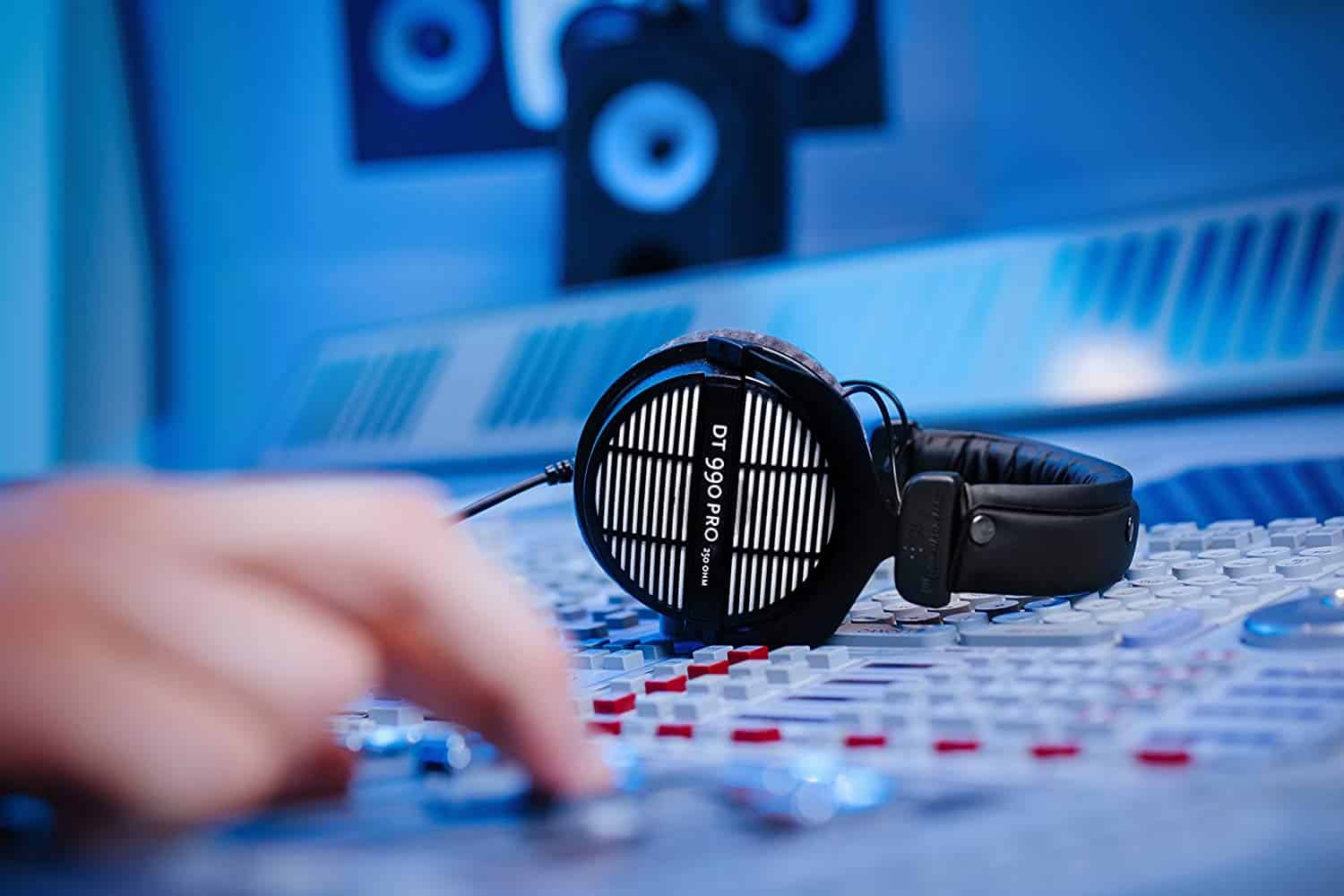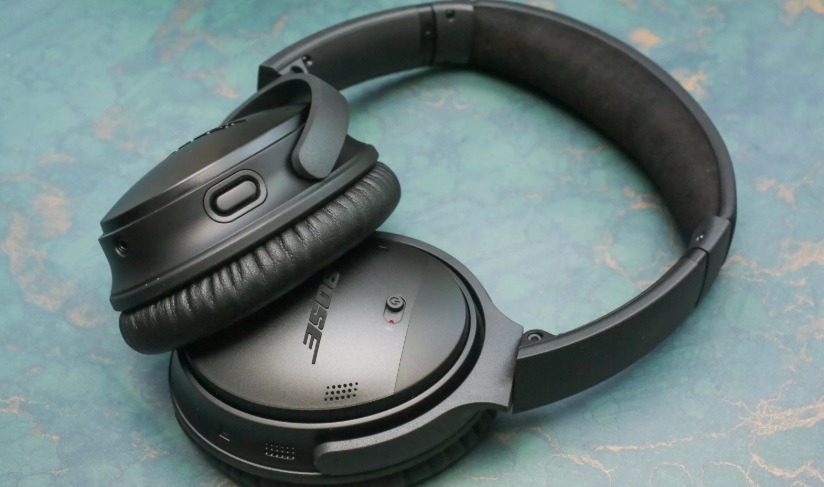Are you one of those people who really appreciate music and who want to completely isolate themselves from the outside world with their favorite band? Maybe you are a passionate gamer who loves to be fully immersed in a lifelike gaming experience.
Outside noise can be a bothersome distraction, sometimes capable of ruining your gaming or music enjoyment. Complicated 24-man raids in World of Warcraft demand absolutely perfect coordination and precision, both of which are hard enough to achieve without having to listen to the racket your siblings or roommates are making.
Lucky for you, there are awesome headphones with noise-canceling capabilities. But how do noise-canceling headphones work?
Is Sound Dangerous?
The loudness of sounds is measured in dB (decibels), with 0 dB marking the threshold of human hearing.

Pleasant ambient sounds range from 0–40 dB. Quiet places like your bedroom and libraries probably fall in this range.
Distracting sounds range from 40 to 70 dB. Examples include most busy office spaces (40 dB) and music played at a loud-ish volume (70 dB).
Hazardous noise levels measure from 70 to 100 dB. Within that range are busy freeways (70-80 dB), busy restaurants (80-90 dB), and power tools (90-100 dB).
The last range on the chart belongs to highly hazardous noises. They measure anywhere from 100 to 140 dB and compare to a rock concert (110 dB) or a jet aircraft taking off (up to 140 dB).
Why Get Noise-Canceling Headphones?
Noise within hazardous and highly hazardous ranges can be physically painful and may even damage your hearing—sometimes temporarily, sometimes permanently. Prolonged exposure to noises in the 50–70 dB range, while unlikely to be harmful, can certainly be annoying or distracting.

More and more people own noise-canceling headphones these days, whether it’s to help them focus on work or simply to enjoy a game in a noisy house.
Types of Noise-Canceling Headphones
There are two main types of noise-canceling headphones: “passive” and “active.” The differences between these two are noticeable, and both provide a different user experience. Let’s see how different types of noise-canceling headphones work.
Passive Noise-Canceling Headphones
Passive noise-canceling headphones are the more affordable, technologically simpler variety. The simplest designs cover the ears and physically block (some) sounds from coming in. More advanced models employ multiple layers of sound-absorbing material inside the headphones, which separate the user from noise—especially from high-frequency sound.

Passive noise-canceling headphones are cheaper to manufacture and have fewer features, so they are more affordable. They are slightly bigger and heavier than regular headphones but can still be quite comfortable, as long as they’re sized appropriately for your head.
These kinds of headphones reduce outside noise by about 15 to 20 dB. That’s enough to block out quiet conversations and soft music, or to make louder noises more tolerable.
In some cases, though, a reduction of 15 or 20 dB just isn’t enough. If you need serious noise-canceling capabilities, you need active noise-canceling headphones.
Active Noise-Canceling Headphones
Active noise-canceling headphones utilize two levels of protection in order to provide much greater noise reduction than passive models. They use the same sound-blocking materials that passive models use, but also emit their own sounds, which have the effect of canceling out the environment noise.
Sound waves have frequency, wavelength, and amplitude. When sound waves of the same amplitude intersect in such a way that peak of one coincides with the trough of the other, they will cancel each other out. That is called destructive interference. Active noise-canceling headphones work by creating it.

- Active noise-canceling headphones consist of a microphone, noise-canceling circuitry, a speaker, and a battery.
- The microphone analyzes environmental sounds and sends that data to the noise-canceling circuitry.
- Electronics inside the headphones create a new sound wave that cancels out the enviromental noise and pipes it into your ears without interfering with any desirable sounds, such as music you might be listening to through the same headphones.
This method is capable of noise reduction of an additional 20 dB or so on top of the 20 dB reduction from the passive methods. Well-designed active noise-canceling headphones can even reduce deafening, highly hazardous sounds (such as gunshots) to safe levels while amplifying comparatively quiet sounds, like your buddy talking to you at the shooting range.
Active noise-canceling headphones are more expensive and less convenient since they have to be larger and heavier. They also require batteries, and the circuitry can eventually fail. They also subtly change the character of sounds played through them—a side effect that ultra-sensitive audiophiles may find unpleasant.
Best Noise-Canceling Headphones
The Bose QuietComfort 35 II and the Sony WH-1000XM3 are both excellent noise-canceling headphones. On the noise-reduction front, there’s little difference between them.
However, their comfort, pricing, and other features do vary.

If you’re interested in a more detailed review of these two popular headphones, check out the best noise-canceling headphones for gaming. We list them as our best choice and premium picks.
Summary
Pilots and construction workers can certainly benefit from noise-canceling headphones, but they aren’t the only ones. With so many models and different sets of capabilities to choose from, you’re sure to find something that fits your needs.
Pssst, gaming is way better with wireless headphones that have noise-canceling capabilities. 😉
Sources:
- Tiffany Connors, How Noise-canceling Headsets Work, How Stuff Works?